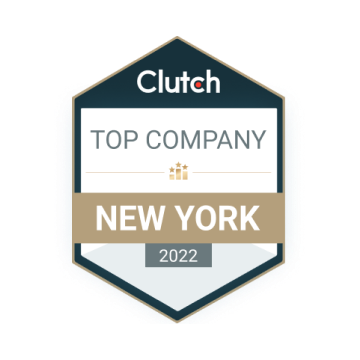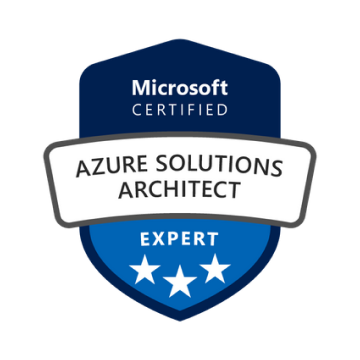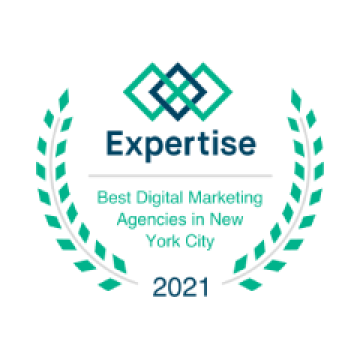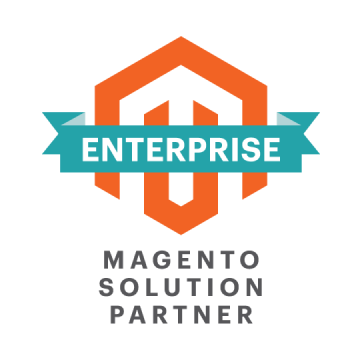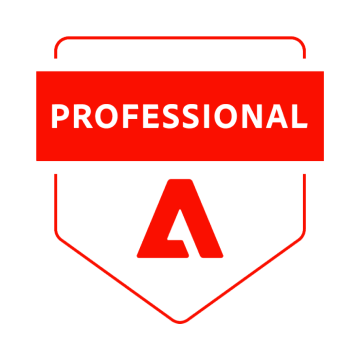Insurance Software Development
We design, build, and integrate the core pieces your energy business needs to run modern insurance operations — policy administration systems, underwriting platforms, claims management automation, and risk analytics that connect to the data you already rely on. Think SCADA/OT telemetry, EAM/CMMS maintenance logs, GIS and AMI records, and weather or market signals feeding a rating engine and exposure models. The goal is straightforward: shorter quote-to-bind cycles, fewer manual hand-offs, and clean, audit-ready data trails that operations and finance can trust.

Our Offerings
Policy Administration Core
Design and build a policy administration system that fits your lines and endorsements. We model products, forms, and rating factors so your team can configure changes without a code push. New business, endorsements, renewals, and cancellations run through the same service layer, with full audit history and role-based actions. Integrations cover document generation, e-sign, payments, and downstream data marts, so finance and operations get consistent records without manual reconciliation.
Underwriting Workbench for Energy Lines
Give underwriters a single workspace to evaluate complex risks across plants, pipelines, substations, wind farms, and offshore assets. We connect to EAM/CMMS maintenance logs, SCADA/OT telemetry, GIS layers, and inspection photos to build asset-level risk profiles. Rules handle appetite and referral; models suggest limits, deductibles, and pricing bands. The result is shorter quote-to-bind cycles and a clearer view of exposure and accumulations across sites.
Claims Automation & FNOL Orchestration
Capture first notice of loss from portals, mobile apps, and call center transcripts, then triage with rules that route environmental incidents, equipment failures, and injury claims to the right adjuster or preferred vendor. Field teams get mobile checklists, offline photo/video capture, and barcode/asset ID lookup. Reserving, subrogation, salvage, and litigation workflows are built in, and every hand-off is timestamped for cycle time analysis and leakage control.
Rating & Pricing Engine
Stand up a versioned rating service that supports exposure-based, parametric, and usage-based scenarios. We pull weather indices, market signals, and asset utilization metrics to calculate premiums and attach justification to each quote. Actuarial users can promote new factors through gated environments, run backtests, and push rates via API to portals and broker systems without disrupting in-flight quotes.
Risk Data Platform & Analytics
Create a governed layer for risk and insurance data — policies, claims, payments, inspections, sensor streams, and external benchmarks. We build ingestion pipelines, quality checks, and a semantic model your BI tools can read. Out of the box you get dashboards for loss triangles, LAE, exposure accumulation, and adjuster workload, plus feature stores that feed pricing, fraud, and severity models.
Broker, Captive & Policyholder Portals
Unify broker submissions, captive program reporting, and insured self-service in one portal framework. Brokers can upload structured submissions, track quotes, and bind online. Policyholders can download COIs, report claims, and view deductibles and limits by location. Access is role-based, audit-ready, and backed by APIs that write directly into core systems to avoid duplicate data entry.
Billing & Payments
Implement premium billing with installments, reconciliation, dunning, and lockbox integration. Support direct bill, agency bill, and third-party premium finance. We connect payment gateways, automate refunds and NSF handling, and expose clear ledgers for accounting close, so revenue and cash applications don’t
Integration & ACORD APIs
Expose clean APIs for submissions, quotes, binds, endorsements, and claims while supporting ACORD standards for broker connectivity. For energy enterprises, we also connect ETRM systems, EAM/CMMS, GIS, AMI, and document repositories so underwriting, claims, and finance work from the same source of truth.
How We Bring Value To Your Business
We link each deliverable to a clear operating metric across underwriting, claims, finance, and compliance.
1
Shorter Quote-to-Bind Cycles
Underwriters get a single workspace with data prefill from EAM/CMMS, GIS, and market feeds, plus appetite checks and referral rules. The result is fewer manual touches per quote, faster approvals, and a consistent audit trail that legal and finance can reference.
2
Lower LAE & Faster Claim Resolution
FNOL intake normalizes photos, forms, and call transcripts, then routes by severity and claim type. Low-complexity events move through straight-through steps; complex losses go to the right adjuster and vendor with full timestamping for cycle-time tracking and leakage control.
3
Tighter Reserves & Forecasting
A shared data model brings together paid, case, and IBNR with exposure and severity drivers from plant and field operations. Actuarial users can run backtests, compare model versions, and publish reserve updates that finance can roll into the close without ad-hoc spreadsheets.
4
Cleaner Data & Easier Audits
Pipelines validate submissions, policies, claims, and reinsurance data at ingestion. Lineage and versioned semantic layers make it simple to answer “what changed, when, and why,” so audits rely on reproducible extracts instead of point-in-time screenshots.
5
Revenue Lift Through Better Distribution
Broker and policyholder portals expose real-time quotes, bind, endorsements, COIs, and claim status. Hit rate improves with faster responses and transparent pricing logic, while renewals benefit from accurate exposure histories and clear documentation.
6
Smarter Reinsurance & Capital Decisions
Exposure and accumulation views combine geospatial layers, weather indices, and asset-level attributes from OT systems. Treaty impact, net retention, and tail risk become visible in one place, helping you place reinsurance, price energy lines, and allocate capital with current numbers.
Challenges We Commonly Solve
Across energy carriers and large asset operators, we see recurring patterns that slow delivery and add cost. Here’s how we address them in practice.
Get a practical plan for your stack.
Why Choose WiserBrand
We focus on software that your team can run, extend, and measure against the same operating metrics you report to the board.
1
Energy & Risk Domain Fluency
Our engineers work with the data your operations already generate – EAM/CMMS maintenance logs, SCADA/OT telemetry, GIS layers, AMI reads, market and weather signals — and connect them to underwriting analytics, policy administration, and claims automation. That context cuts discovery time, reduces rework, and produces features that match how energy assets are actually maintained and insured.
2
Integration-First, Standards-Ready
Brokers, reinsurers, captives, policyholders, and finance all need clean hand-offs. We design APIs that map to ACORD messages for submissions, quotes, binds, endorsements, and claims, then wire those services to ETRM, document generation, payments, and data warehouses. The outcome is consistent records across insurance systems without duplicate entry or fragile point-to-point scripts.
3
Built for Day-2 Operations
You get versioned configuration, feature flags, infrastructure-as-code, and clear runbooks. Monitoring and logs are wired to the dashboards your team already uses, with playbooks for rollbacks and incident response. Handover includes code, pipelines, test suites, and training, so your IT group can support releases on its own cadence.
Cooperation Models
Pick an engagement that matches your risk profile and internal capacity.
A focused 4–6 week sprint to clarify scope and reduce delivery risk. We map current systems, licenses, and data flows; identify ACORD touchpoints and high-value integrations (policy, claims, billing, reinsurance); and outline a target architecture with options. You get a prioritized capability backlog, sequence plan by quarter, reference API contracts, and an indicative delivery plan with dependencies. This track is useful before large commitments or when multiple business units share the same platforms.
A cross-functional team led by your product owner and embedded in your ceremonies. Typical makeup: solution architect, backend and frontend engineers, QA, and a data engineer; DevOps and UX join as needed. Work runs in two-week iterations with a weekly steering check to review scope, risks, and burn-down against the roadmap. The pod owns delivery for modules like an underwriting workbench, FNOL intake, or a rating service, with Definition of Done covering tests, observability, runbooks, and handover notes. Success metrics align with what you already track – cycle time, deployment frequency, escaped defects, and operational KPIs such as quote-to-bind speed.
We build the initial release, run it in production with your team, then transfer ownership on a schedule you set. During “operate,” we handle releases, incident response, and vendor coordination while your staff shadows on rotations. The transfer includes hiring support, knowledge sessions, and a checkpointed handover (accesses, CI/CD, dashboards, playbooks, RACI). BOT works well for insurance platforms that need a confident start without long-term external dependency.
Our Experts Team Up With Major Players
Partnering with forward-thinking companies, we deliver digital solutions that empower businesses to reach new heights.
Our Approach
We deliver in five steps that reduce delivery risk, surface value early, and keep operations involved from day one.
Discover & Align
We map your current stack (policy, claims, billing, reinsurance), data flows, and stakeholders across underwriting, claims, finance, and IT. Workshops clarify goals, constraints, and success metrics like quote-to-bind time, claim cycle time, reserve accuracy, and audit readiness. Outputs include a capability map, a prioritized backlog, architecture options with trade-offs, and a documented decision log so everyone knows what we’re building and why.
Data & Interface Design
We define a canonical model for policies, claims, exposures, and financials, then design APIs for submissions, quotes, binds, endorsements, and FNOL. Payloads align with ACORD where useful, and events are published for downstream BI and actuarial work. Identity, roles, and audit trails are specified up front. For energy programs, interfaces cover EAM/CMMS, SCADA/OT, GIS, and document systems so the underwriting and pricing flows have trustworthy inputs.
Build the Thin Slice
We implement a vertical slice that proves the core path end to end—e.g., submission → rating → quote → bind, or FNOL → triage → assignment. CI/CD, automated tests, and observability are in place from the first commit. We agree on performance budgets and error budgets, then measure them in non-prod with realistic data. The goal is a working baseline the business can use to validate logic and UI before expanding scope.
Integrations & Migration
We connect payments, document generation, e-sign, portals, and data pipelines, then stage migration from legacy sources. Reconciliation rules and trial loads flush out mapping issues early. When needed, we run systems in parallel with clear entry/exit criteria and a cutover plan that includes checkpoints, rollbacks, and communications to brokers, adjusters, and finance.
Prove, Launch, and Handover
Business users run UAT with real scenarios; defects turn into tracked work items with agreed priorities. We train underwriters, adjusters, and admins; publish runbooks and playbooks; and wire dashboards showing the KPIs defined in Step 1. Post-launch, a short hypercare phase stabilizes production while we transfer ownership — code, pipelines, monitoring, and release routines — to your team and schedule the next increment for the insurance roadmap.
Case Studies
Our case studies highlight the outcomes we’ve delivered and the approaches that made them possible.
Insurance Software Development FAQ
We start by extending what you have – adding an underwriting workbench, FNOL intake, or a rating service – then phase in deeper changes as value is proven. Replacement is considered only when the existing core blocks critical capabilities or creates unacceptable maintenance cost.
Discovery and architecture mapping typically take 4–6 weeks. A thin slice (e.g., submission → rating → bind, or FNOL → triage → assignment) follows in about 8–12 weeks, with additional increments shipped every 2–4 weeks.
We integrate EAM/CMMS, SCADA/OT, GIS, AMI, weather and market feeds, then expose ACORD-aligned APIs for submissions, quotes, binds, endorsements, and claims. A translation layer supports broker spreadsheets and portals so partners don’t have to change their tools to work with your insurance stack.
Trial loads run early with reconciliation rules and data quality checks. Parallel runs validate results against legacy outputs, followed by a planned cutover with checkpoints, rollback options, and clear communications to brokers, adjusters, and finance.
Operational KPIs — quote-to-bind time, claim cycle time, reserve accuracy, LAE, and exposure visibility – are wired into dashboards. Versioned configuration, audit logs, role-based access, and change control keep the insurance platform stable as new features roll out.
